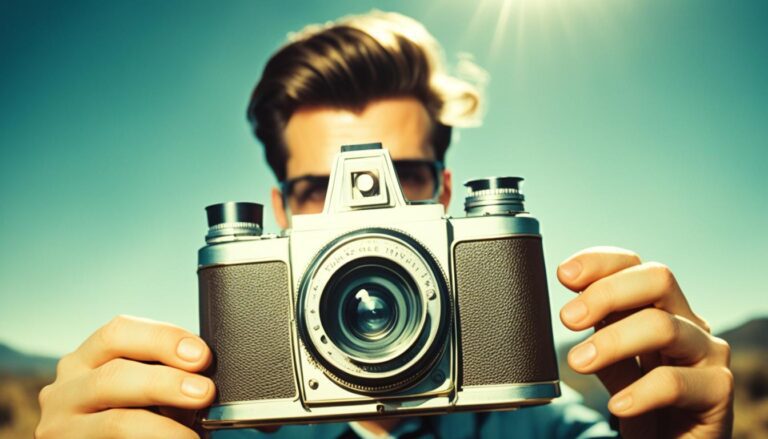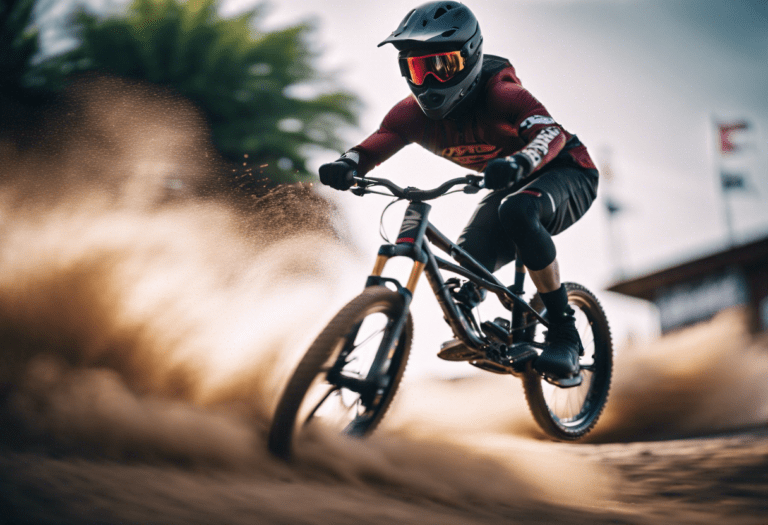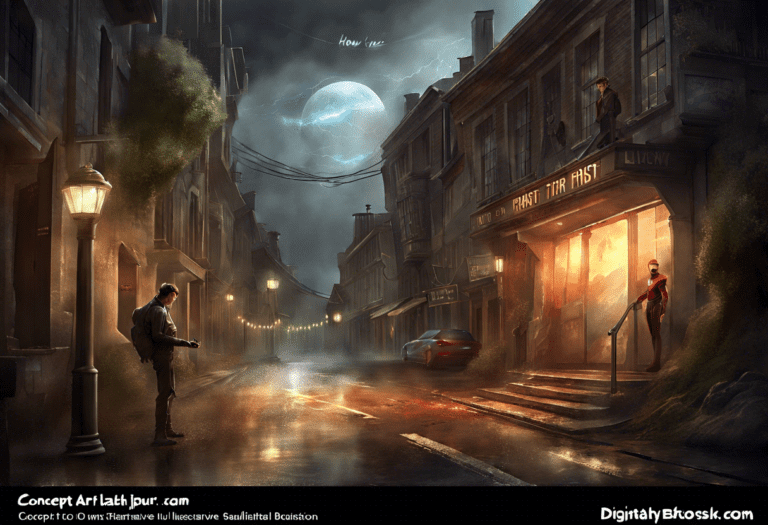are cameras better than iphone
As technology advances, smartphones, such as the iPhone, have become indispensable tools for photography. With their increasingly impressive camera capabilities, many people question whether dedicated cameras still hold an advantage. Are cameras truly better than iPhones when it comes to capturing stunning photographs?
In this article, we will compare the imaging capabilities of dedicated cameras and iPhones to determine which device is better for photography. We will delve into factors such as image quality, practicality, connectivity, app support, ergonomics, and real-world performance. By considering these aspects, we aim to provide you with an informed answer to this intriguing question.
Key Takeaways:
- DSLR cameras typically offer better image quality and dynamic range compared to iPhones.
- The iPhone’s compact size and portability make it more practical and convenient for everyday photography.
- The iPhone offers more connectivity options and easier file sharing compared to DSLRs.
- The iPhone’s App Store provides a wide range of third-party apps that enhance the photography experience.
- DSLRs have better ergonomics and a more professional appearance, ideal for certain photography genres.
Image Quality: DSLR vs iPhone
When it comes to image quality, DSLR cameras have the upper hand over iPhones. DSLRs, like the esteemed Canon 5D Mark IV, bring exceptional image quality to the table. They produce large, incredibly detailed raw files that enable extensive post-processing capabilities. With better highlight and shadow recovery, DSLRs deliver stunning results that satisfy even the most discerning photographers.
On the other hand, iPhones, such as the iPhone 12 Pro Max, offer acceptable image quality for social media sharing and everyday photography. However, they do have their limitations. iPhones struggle with dynamic range, meaning they may have difficulties capturing a wide range of brightness levels in a single shot. Additionally, their low-light performance cannot match the capabilities of DSLRs.
If you’re looking to capture breathtaking professional-grade imagery with intricate details and superior dynamic range, DSLRs are the clear choice. However, for casual photography and sharing on social media, iPhones provide satisfactory image quality that can still impress your friends and followers.
Sample image for visual reference:
The image above showcases the difference in image quality between a DSLR and an iPhone. As you can see, the DSLR image on the left offers rich colors, sharp details, and a wide dynamic range, capturing the scene with precision. The iPhone image on the right, while still good in quality, shows some limitations in terms of dynamic range and detail.
Practicality: iPhone Takes the Lead
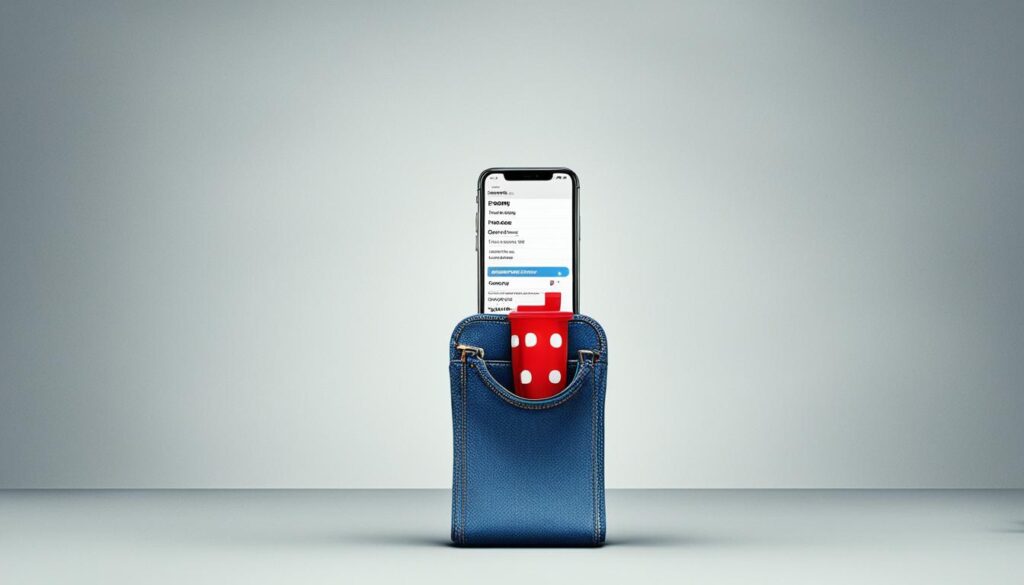
When it comes to the practicality of capturing moments on the go, the iPhone excels. Its compact size and portability make it easy to carry and convenient to use, ensuring you never miss a photo opportunity. Unlike DSLRs, such as the Canon 5D Mark IV, the iPhone effortlessly fits in your pocket, eliminating the need for a dedicated bag and additional equipment.
The portability of the iPhone is a game-changer for everyday photography. Whether you’re exploring a new city or attending a family gathering, having a smartphone with you means you’re always ready to capture those precious memories. The convenience of having a versatile device that seamlessly integrates into our daily lives makes the iPhone the preferred choice for many photographers.
Furthermore, the iPhone’s practicality extends beyond its physical attributes. Its intuitive interface, user-friendly controls, and seamless integration with social media platforms allow for hassle-free editing, sharing, and instant gratification. With just a few taps, you can edit, enhance, and share your photos with the world, providing a level of convenience that a DSLR can’t match.
The practicality and portability of the iPhone make it a go-to tool for both amateur and professional photographers alike. Its ease of use, accessibility, and the ability to capture and share moments instantly are the key factors that contribute to its popularity in the world of photography.
The Convenience Factor
On top of its compact size and portability, the iPhone offers a host of features that enhance its practicality. With built-in apps for editing and organizing photos, you have everything you need at your fingertips. The seamless integration of the iPhone with other Apple devices, such as MacBooks and iPads, allows for effortless file transfer and synchronization, further streamlining your photography workflow.
Overall, the practicality of the iPhone sets it apart from traditional DSLRs in terms of convenience and everyday usability. Its portability, user-friendly interface, and seamless integration make it the ultimate companion for capturing moments effortlessly.
Connectivity: iPhone Offers More Options
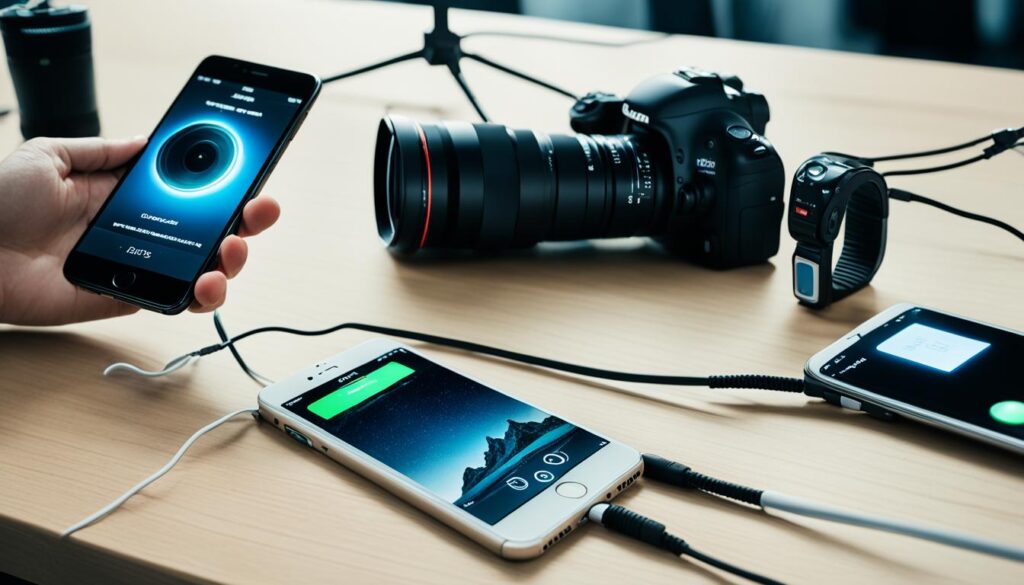
When it comes to connectivity, the iPhone surpasses DSLRs, offering a wide range of options to enhance your photography experience. With features such as 5G, Bluetooth, and Wi-Fi, the iPhone provides seamless connectivity for easy file sharing and transfer.
The iPhone’s Wi-Fi capabilities allow you to quickly connect to Wi-Fi networks, making it effortless to upload your photos to the cloud or share them directly with friends and family. Additionally, the built-in Bluetooth functionality enables you to connect to various wireless accessories, such as remote shutter controls or external microphones, enhancing your creative possibilities.
Moreover, the high-speed 5G connectivity ensures faster uploading and downloading speeds, allowing you to transfer large image files quickly and efficiently. This is especially beneficial when you need to share your work with clients or colleagues on the go.
On the other hand, DSLRs like the Canon 5D Mark IV also offer Wi-Fi support, enabling you to transfer images wirelessly to your smartphone or computer. However, DSLRs lack a built-in browser and have limited touchscreen functionality, which can be a hindrance when it comes to seamless connectivity and file browsing.
Overall, the iPhone’s extensive connectivity options make it a convenient choice for photographers who prioritize quick and easy sharing of their work. The combination of Wi-Fi, Bluetooth, and 5G capabilities ensures that you can stay connected and transfer files effortlessly, allowing you to focus on capturing the perfect shot.
App Support: iPhone’s App Store Takes the Lead
When it comes to app support, the iPhone outshines DSLRs with its robust App Store. With a vast selection of third-party apps specifically tailored for photography, iPhone users have access to a multitude of features and tools to enhance their photography experience.
Whether you’re looking for powerful editing capabilities, creative filters, or advanced camera controls, the App Store offers a wide array of options to suit your needs. These apps can be downloaded instantly, allowing you to customize your photography workflow and explore new creative possibilities.
On the other hand, DSLRs have limited app support and often rely on computer-based software updates or firmware installations. While some camera manufacturers offer proprietary apps, the range of available options is significantly narrower compared to the iPhone. This limitation can hamper photographers seeking to expand their creative horizons and take advantage of the latest advancements in app technology.
With the iPhone’s app ecosystem constantly evolving and expanding, photographers can stay at the forefront of the latest trends and innovations in the industry. From specialized editing apps to niche photography communities, the App Store provides a gateway to a vibrant community of photography enthusiasts and professionals.
The Limitations of DSLRs in Terms of Apps
While DSLRs excel in many aspects of traditional photography, their app capabilities remain limited. Unlike iPhones, which offer continuous updates and a dynamic marketplace for apps, DSLRs often require users to rely on their camera’s built-in features without the flexibility to customize their experience with third-party apps.
This limitation can restrict photographers from accessing new tools, innovative features, and emerging technologies that enhance the photography process. It also hampers the adaptability and versatility of DSLRs, making them less suitable for photographers seeking to experiment with different techniques or push the boundaries of their creativity.
Overall, the availability of a diverse ecosystem of apps in the iPhone’s App Store positions it as a leader in app support when compared to DSLRs. By utilizing these apps, iPhone users can harness the full potential of their devices and elevate their photography to new heights.
Ergonomics and Appearance: DSLR Wins in Professionalism
While the iPhone offers ease of use and accessibility, DSLRs have better ergonomics and a more professional appearance. DSLRs, such as the Canon 5D Mark IV, are designed specifically for photography, with dedicated controls and easy access to exposure settings.
The ergonomics of DSLRs provide photographers with a comfortable grip, allowing for extended shooting sessions without strain. The placement of buttons and dials on the camera body enables quick adjustments, enhancing efficiency and workflow.
On the other hand, iPhones have a sleek and modern appearance, reflecting their multifunctionality as smartphones. Their minimalistic design and touch-based interface prioritize simplicity and general usage. While this makes iPhones highly intuitive for everyday tasks, it may lack the tactile feel and precision that professionals seek in a photography tool.
Dedicated Controls for Enhanced Photography
DSLRs offer dedicated controls for various settings, such as aperture, shutter speed, and ISO. These physical buttons and dials make it easy for photographers to make quick adjustments on the fly, without the need to navigate through multiple menus.
Additionally, DSLRs often have an optical viewfinder, providing a clear and direct window into the scene. This feature enhances the overall shooting experience, allowing photographers to compose their shots with precision.
Projecting a Sense of Professionalism
The physical design and the presence of a dedicated camera on DSLRs can impress clients and convey a sense of professionalism. The larger size and bulkiness of DSLRs signify their capabilities and differentiate them from smartphones, which are primarily designed for general communication and entertainment purposes.
When clients see a photographer using a DSLR, it reinforces the notion that the photographer is equipped with a serious and powerful tool for capturing high-quality images. This can instill confidence in the photographer and create a positive impression.
Although iPhones have made significant strides in their camera capabilities, particularly with advanced computational photography, their appearance suggests a more casual approach to photography. This may not be as desirable in certain professional settings where a DSLR’s traditional look is expected.
Conclusion
After an extensive comparison between cameras and iPhones, it is evident that both devices have their own strengths and weaknesses. When it comes to image quality and versatility, DSLRs have the upper hand. Their larger sensors and interchangeable lenses provide superior image quality and flexibility in various shooting conditions.
However, in terms of practicality, connectivity, app support, and everyday photography, the iPhone emerges as the better choice. Its compact size and portability make it convenient to carry around, capturing spontaneous moments with ease. The iPhone’s seamless connectivity options, including 5G, Wi-Fi, and Bluetooth, facilitate quick sharing and file transfers.
Furthermore, the iPhone’s App Store offers a vast array of third-party apps that enhance the photography experience. From editing tools to creative filters, these apps provide photographers with a wide range of options to enhance their images directly on their device.
Ultimately, the decision between a camera and an iPhone for photography depends on the specific needs and preferences of the individual. Professional photographers and enthusiasts who prioritize image quality and advanced control may opt for a DSLR. On the other hand, casual users and those seeking convenience and versatility will find the iPhone to be the ideal choice. In conclusion, both devices have their merits, but the iPhone shines through as the preferred device for everyday photography.


